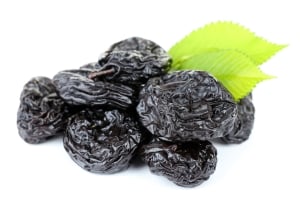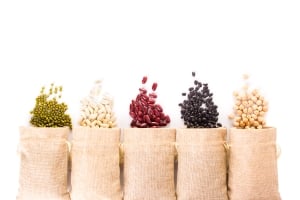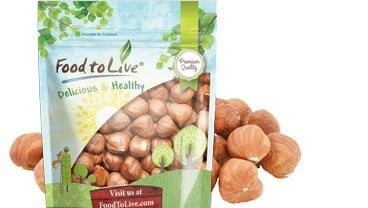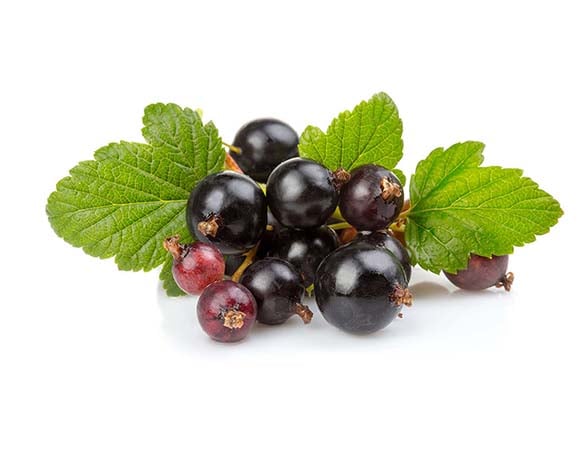August 25, 2022 · Written by Foodtolive Team
10 Potassium-Rich Foods and Why Do We Need It?
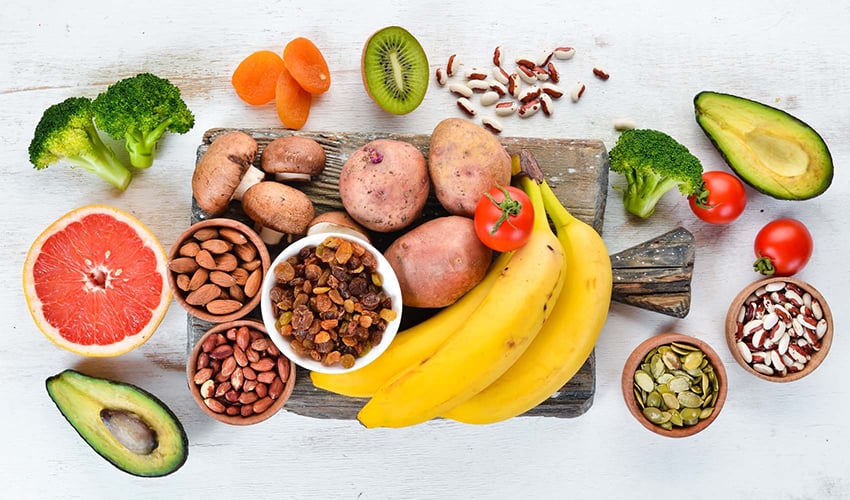
In the face of the global pandemic and other challenging issues we face today, food is medicine. Consuming foods rich in vitamins and minerals help to maintain health and prevent diseases. This article aims to answer why consuming potassium-rich foods is vital.
First of all, potassium is an important mineral needed for all tissues of the body. Potassium is mainly found in fruits, vegetables, greens, cereals, and legumes. This essential mineral is necessary for almost every aspect of human health: it can lower blood pressure, and improve bone health. In particular, potassium is necessary for the normal functioning of the heart, kidneys, brain, and muscle tissue. Thus, it can reduce a high heart rate. Another point worth mentioning is the effectiveness of potassium for our bones. When it comes to bone health, we often mention calcium, however, the role of potassium is no less crucial. Observational studies suggest that increased consumption of potassium from fruits and vegetables is associated with increased bone mineral density. [1] The underlying mechanisms are unclear, but one hypothesis is that potassium helps protect bone through its effect on acid-base balance. Diets that are high in acid-forming foods, such as meats and cereal grains, contribute to metabolic acidosis and might have an adverse effect on bones. Alkaline components in the form of potassium salts (potassium bicarbonate or citrate, but not potassium chloride) from food or potassium supplements might counter this effect and help preserve bone tissue. [1]

Foods high in Potassium
It is estimated that the human body absorbs about 85%–90% of dietary potassium. The forms of potassium in fruits and vegetables include potassium phosphate, sulfate, and citrate. [1]
Dried fruit
Dried apricots contain more potassium than fresh ones. They are very good for blood circulation because they regulate blood pressure and body fluids. Fresh fruits and vegetables are your best bets but when they’re not in season, dried fruit is a good second choice for a potassium-rich snack. The nutrients profile data is taken from the integrated data system FoodData Central: [2]
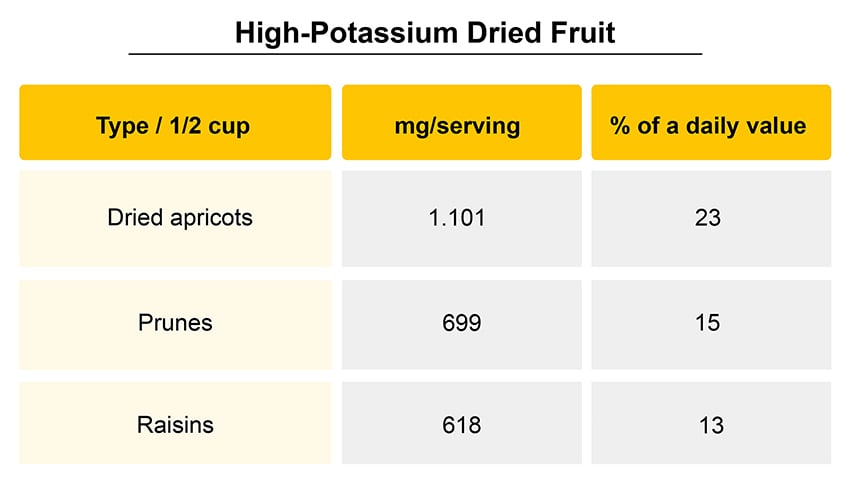
Nuts
Pistachio nuts are highest in potassium. The table below shows the amount of potassium in 100 grams of common nuts. [3] Macadamia nuts, pecans, and walnuts are the lowest in potassium of all common nuts but still have a decent amount. They all have right around 400 mg of potassium per 100-gram serving, which is around 20% of the RDA for potassium. [3]
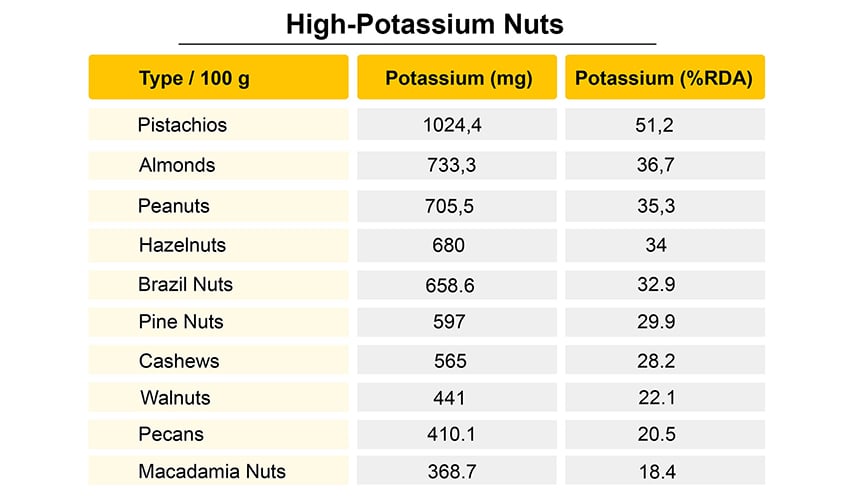
High-potassium fruits and vegetables [2]
Bananas are packed with protein and fiber to help with weight management and gut health let alone the content of potassium. Aside from potassium (more than 300mg), you also get immunity-helping vitamin C and plant-based iron from spinach. Fresh tomatoes also contain a good amount of potassium and you’ll get even more bang for your buck from more concentrated forms of tomatoes, such as tomato paste (162 mg per tablespoon) or tomato sauce (728 mg per cup). [4] But sun-dried tomatoes win out with 925 mg of potassium per half-cup, which is 35 percent of the recommended amount for adult women, according to the National Institutes of Health. [1] The high content of potassium in avocado makes it twice as good for our health. Incorporating healthier monounsaturated fats into your diet via avocados may benefit your heart by raising “good” high-density lipoprotein (HDL) cholesterol levels. [4]

Legumes
Beans are an all-around healthy addition to your diet as a good source of plant-based protein and filling fiber. According to the USDA, one cup of kidney beans contains 713 mg of potassium. Among other beans rich in potassium are pinto beans, lima beans, lentils, and soybeans.
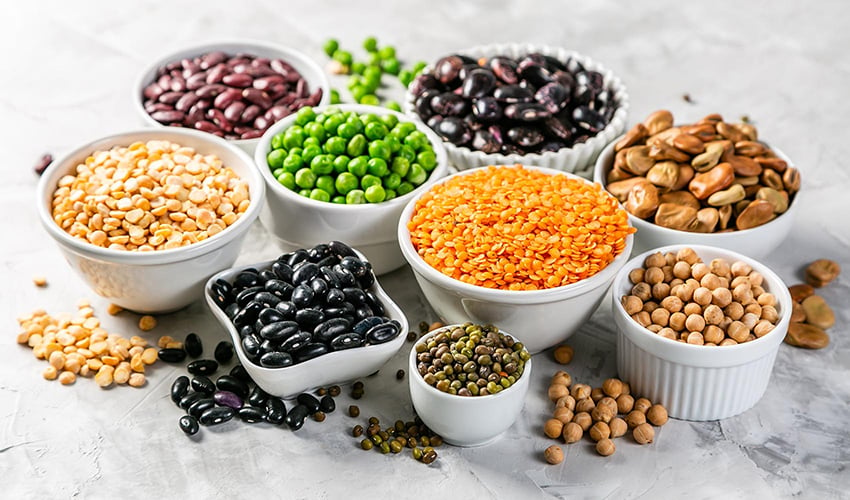
Fish
Fatty fish like salmon is rich in Omega-3 fatty acids which are a type of polyunsaturated fat that may lower cholesterol. [4] Many other species like tuna, halibut, trout, flounder, and Pacific cod are decent sources of potassium. USDA nutrition data reports that a 3-oz piece of wild Atlantic salmon contains around 400 mg of potassium. [4]
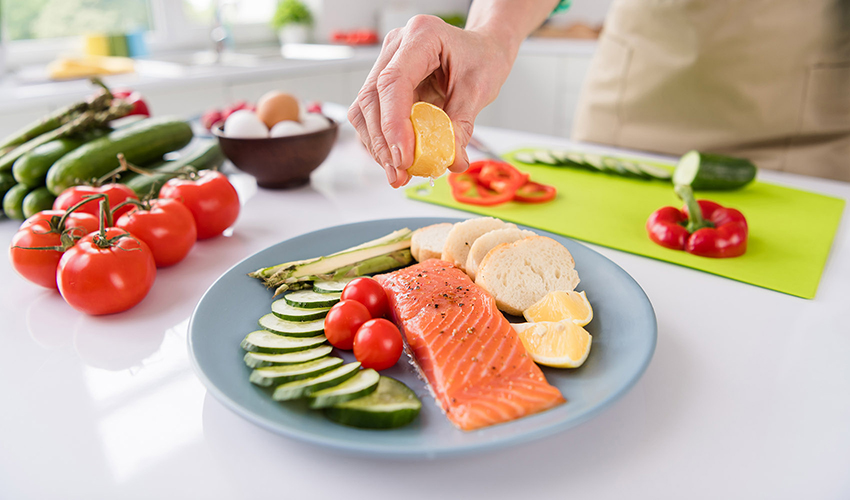
Meat
Red meat, turkey, and chicken provide a good amount of potassium. A six-ounce, rib-eye fillet has roughly 438 milligrams of potassium, which meets 9 percent of your daily need for the mineral. A three-ounce portion of ground turkey or chicken contains 538 to 575 milligrams of potassium, which meets 11 percent of your daily need, according to the U.S. Department of Agriculture. Elk loin, venison, goat and buffalo meat each contain from 330 to 460 milligrams of potassium per serving, or 7 to 10 percent of your daily need. A piece of lamb generally contains about 380 milligrams per serving. A three-ounce serving of rabbit has about 292 milligrams[5].
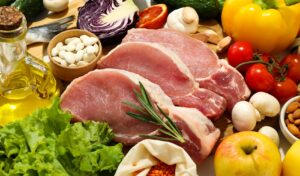
Daily intake of Potassium
Healthline reports that 3500-4700mg is a daily norm of potassium for an adult. [6] The table below shows the recommended daily amount for different age groups [7]
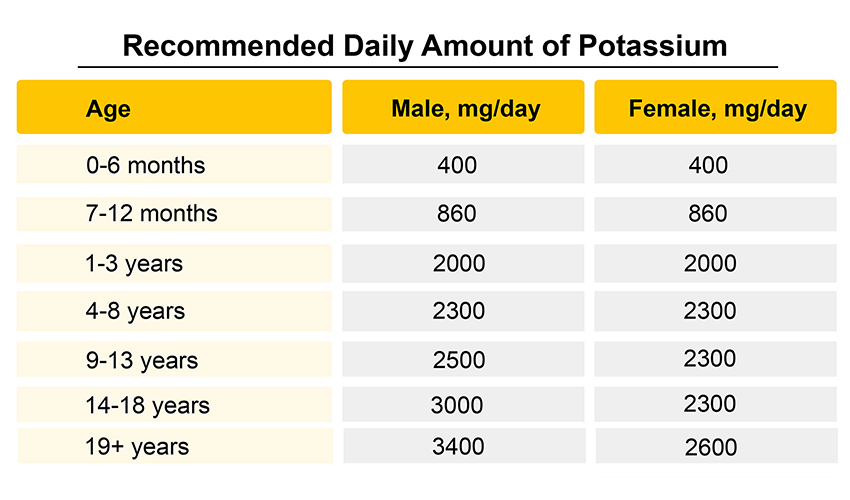
Potassium deficiency leads to increased pressure, decreased concentration, depression, fatigue, and tachycardia. If you have ever noticed that your heart suddenly starts beating faster, harder and as if jumping out of your chest, then this may be one of the symptoms of potassium inadequacy in the body. This symptom is also known as tachycardia (accelerated heartbeat), which is usually caused by experiencing severe stress or anxiety. However, it can also be a sign of potassium deficiency. People with potassium inadequacy may experience constant tingling and temporary numbness of the extremities. Potassium is essential for maintaining a healthy nervous system. Low potassium levels can weaken nerve signals, which can lead to tingling and numbness. These seemingly insignificant symptoms may also be a sign of other serious illnesses.
Fortunately, increasing potassium levels is easy because we can find a good content of potassium in products we consume daily. Many body functions can’t go well without potassium: this trace element is responsible for transmitting nerve impulses and controlling muscle contraction, so potassium inadequacy may affect the heart and blood vessels. That’s why consuming potassium is vital.
Note, however, that there exists an opposite phenomenon – hyperkalemia – excess potassium in the blood. Hyperkalemia can cause life-threatening heart rhythm changes or cardiac arrhythmias; paralysis and weakness. So, make sure you consume the recommended daily amount or consult with a trusted and experienced doctor.
The advantages of potassium as a mineral are invaluable, therefore, review the potassium content of the foods listed above. They represent your best chance of keeping potassium a steady and reliable force in your diet.
References
- https://ods.od.nih.gov/factsheets/Potassium-HealthProfessional/#en57
- https://fdc.nal.usda.gov/
- https://vegfaqs.com/potassium-in-nuts/
- https://www.everydayhealth.com/pictures/foods-high-in-potassium/
- https://www.livestrong.com/article/83030-meats-high-potassium/
- https://www.healthline.com/nutrition/how-much-potassium-per-day#TOC_TITLE_HDR_8
- https://www.medicalnewstoday.com/articles/287212#recommended-intake

